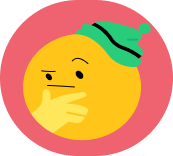Bio7
Cards (14)
- What is the function of the coarse adjustment knob on a microscope?
- When should you use the coarse adjustment knob?
- What is the purpose of the fine adjustment knob?
- When should you use the fine adjustment knob?
- What is the function of the arm of the microscope?
- What do stage clips do?
- What is the purpose of the base of the microscope?
- What is the ocular (eyepiece) of a microscope?
- What does the body tube do in a microscope?
- What is the function of the revolving nosepiece?
- How many objective lenses does the microscope have and what are their magnifications?
- What is the function of the stage in a microscope?
- What does the diaphragm do in a microscope?
- What is the role of the mirror in a microscope?
